Wyoming ranchers say they’re prepared to ‘shoot on sight’ if endangered gray wolves released into Colorado cross state lines
Ranchors say they will 'shoot on sight' if endangered Colorado wolves cross state lines into Wyoming.
Last week Colorado Parks and Wildlife has released five gray wolves onto public lands in Grand County as part of the state's voter-mandated reintroduction plan.
The predators consisted of two juvenile females, two males and one adult male and are listed as endangered – but the animals will lose their 'protected' status once they end up in the state of Wyoming where they are classified as predators.
There's a good chance the wolves will end up in Wyoming, as the canines can travel up to 140 miles from where they were released, according to the Colorado Wolf Restoration and Management Plan.
It would mean that Colorado's efforts would be thwarted by Wyoming's farmers.
“If any of those wolves enter Wyoming, they are no longer protected. They are classified as predators and can be removed,” Jim Magagna, a sheep farmer and executive vice president of the Wyoming Stock Growers Association, told Cowboy State Daily.
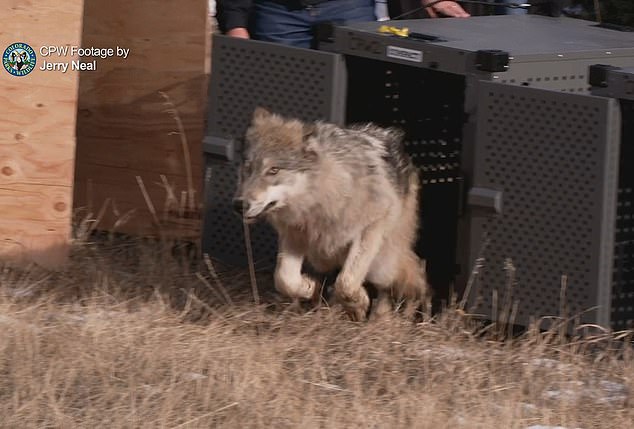
Last week, Colorado Parks and Wildlife released five endangered gray wolves onto public lands in Grand County as part of the state's reintroduction plan
“If any of those wolves enter Wyoming, they are no longer protected. They are classified as predators and can be removed,” Jim Magagna, a sheep farmer and executive vice president of the Wyoming Stock Growers Association, told me. Cowboy stands daily.
“I'm not convinced there is a wolf or a pack of wolves that can't get used to killing livestock,” he said.
CPW released the first pack of wolves at least 60 miles from the state lines of Wyoming, Utah, New Mexico and the sovereign tribal lands of southwestern Colorado.
The 60 miles is a so-called buffer zone that aims to prevent wolves from crossing into Wyoming, but the species is known to roam.
Magagna believes that if livestock are killed, ranchers will wonder, “Is that a wolf from Wyoming or a wolf from Colorado that killed my livestock?”
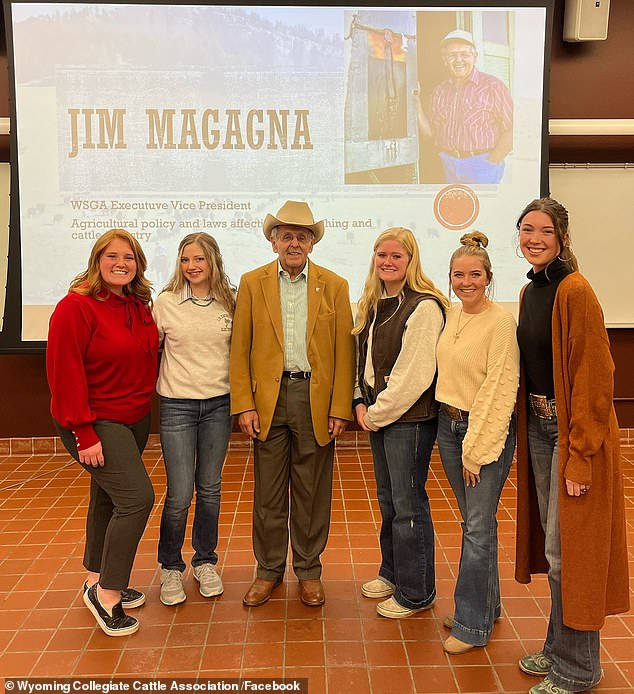
Magagna believes that if livestock are killed, ranchers will wonder, “Is that a wolf from Wyoming or a wolf from Colorado that killed my livestock?”
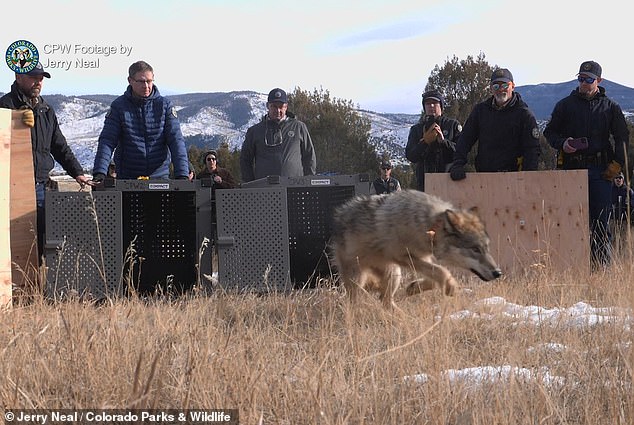
Wyoming ranchers say they will 'shoot wolves on sight' and classify them as predators after Colorado recently released the animals into the wild
Wyoming ranchers say they empathize with their Colorado counterparts, but unlike those in Colorado, they will not receive compensation for livestock eaten as a result of the release.
“It's kind of a bad deal that it was crammed down everyone's throats in Colorado. I think if they had it to do again, they wouldn't vote for wolves,” said Dennis Sun, publisher of Wyoming Livestock Roundup.
“There really isn't much that ranchers in Wyoming can do other than show their support for the ranchers in Colorado,” Sun told me. C.S.D.
“Despite the availability of food sources, they travel. When wolves kick yearlings out of the pack, they go on a journey,” Sun Said said.
Colorado's wolf reintroduction program was initiated after voters passed Proposition 114 in recent elections, but it passed only the narrowest of margins: 50.91 percent to 49.09 percent.
The state faced challenges in obtaining wolves and they had to be captured in Oregon by Five Points Pack, Noregaard Pack and Wenaha Pack.

Ranchers, including Magagna, are concerned about the wolves potentially harming livestock
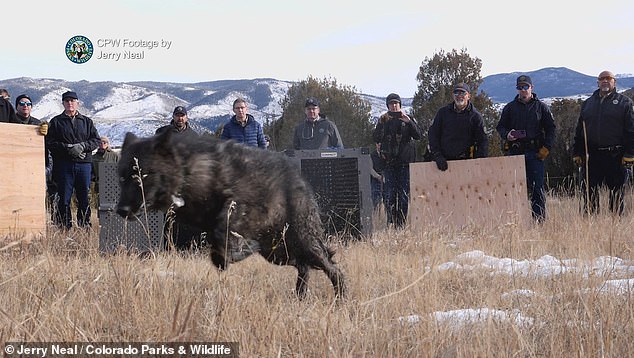
The lawsuit alleged that the USFWS failed to adequately review the state's plan to release up to 50 wolves over the next few years.
CPW Director Jeff Davis called the release “historic” and said, “We will continue to release animals based on our plan to help wolves not only survive, but thrive in Colorado, just as they did a century ago.”
CPW Wolf Conservation Program Manager Eric Odell called it an “honor” to participate in the effort.
“We were thrilled to have great conditions for conquest and early success in Oregon. Weather conditions and pack location information provided by Oregon Department of Fish and Wildlife staff helped us capture five gray wolves on the first day of trapping operations in northeastern Oregon and released them on Colorado's Western Slope earlier today, 'he said.
The release marked the beginning of the most ambitious reintroduction of wolves in the US in nearly three decades, despite protests from ranchers over fears the predators would devastate their livestock.
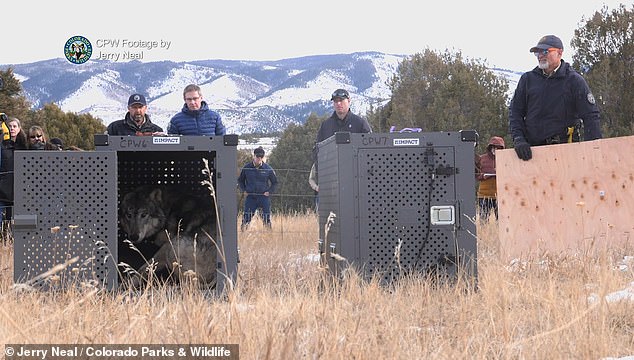
Earlier this month, a federal judge also denied a request from two Colorado ranchers to delay the release of the wolves
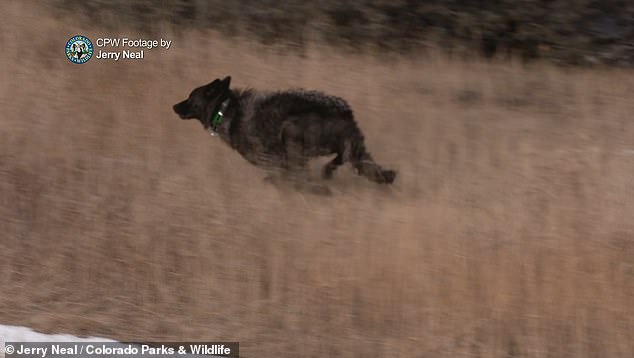
The release marked the beginning of the most ambitious reintroduction of wolves in the US in nearly three decades, despite protests from ranchers over fears the predators would devastate their livestock.
Earlier this month, a federal judge denied a request from two Colorado ranchers to delay the release of the wolves.
The Gunnison County Stockgrowers' Association and the Colorado Cattlemen's Association have applied court case v. US Fish and Wildlife (USFWS) and its director, Davis and Odell of CPW, and the CPW Commission in Colorado District Court.
The lawsuit alleged that the USFWS failed to adequately review the state's plan to release up to 50 wolves over the next several years.
However, government lawyers argued that further environmental studies were not necessary and urged the judge to deny the association's request.
The judge sided with the federal agencies and issued an order denying their request.
The order read: 'Having considered the parties' arguments, the Court concludes that although the petitioners who have lived and worked on the land for many years are understandably concerned about the potential consequences of this reintroduction , neither these possible consequences, nor their consequences. allegations under the Administrative Procedures Act are sufficient for this Court to grant the extraordinary relief sought by them.
“For the reasons set forth below, petitioners' request for TRO is DENIED.”
Ranchers have been assured they will be compensated for the loss of livestock killed by wolves under the plan.
Gray wolves are known to resemble large German Shepherds and can vary in size depending on where they live, with wolves being larger in the north than in the south.
Their coat color is usually a mix of gray and brown with buffy facial markings and undersides, but the color can vary from solid white to brown or black.
They are distributed throughout Alaska, northern Michigan, northern Wisconsin, western Montana, northern Idaho, northeastern Oregon, and the Yellowstone area of Wyoming.
The predators prefer to eat large ungulates such as deer, elk, bison and elk, but will also prey on smaller mammals such as beavers, rodents and hares if necessary.
Another ten wolves are expected to be released in the coming months.
